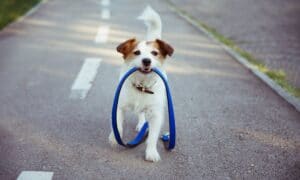“This post contains affiliate links, and I will be compensated if you make a purchase after clicking on my links.”
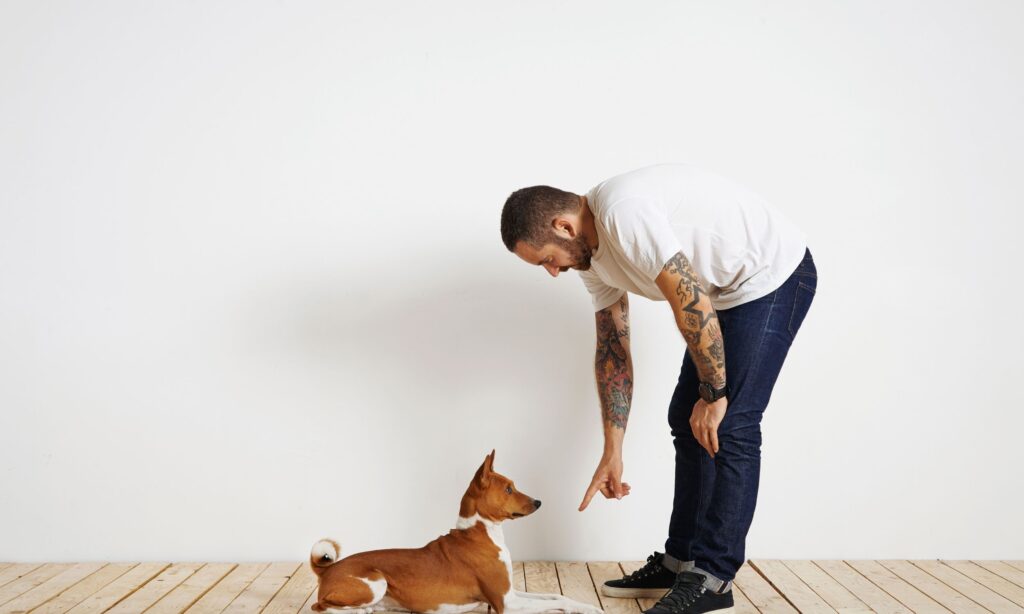
Positive reinforcement and correction training are the two approaches that are most frequently used when training dogs. The former uses rewarding desirable behavior while disregarding problematic activities, while the latter relies on punishing undesirable behavior to ensure that it doesn’t happen again.
The use of corrective measures has historically been more popular, but lately, attention has started to shift toward positive reinforcement. Professional trainers are using praise-based techniques more frequently than punishing methods.
Here we talk about the differences between positive reinforcement and correction and how they can help you and your dog develop a successful relationship.
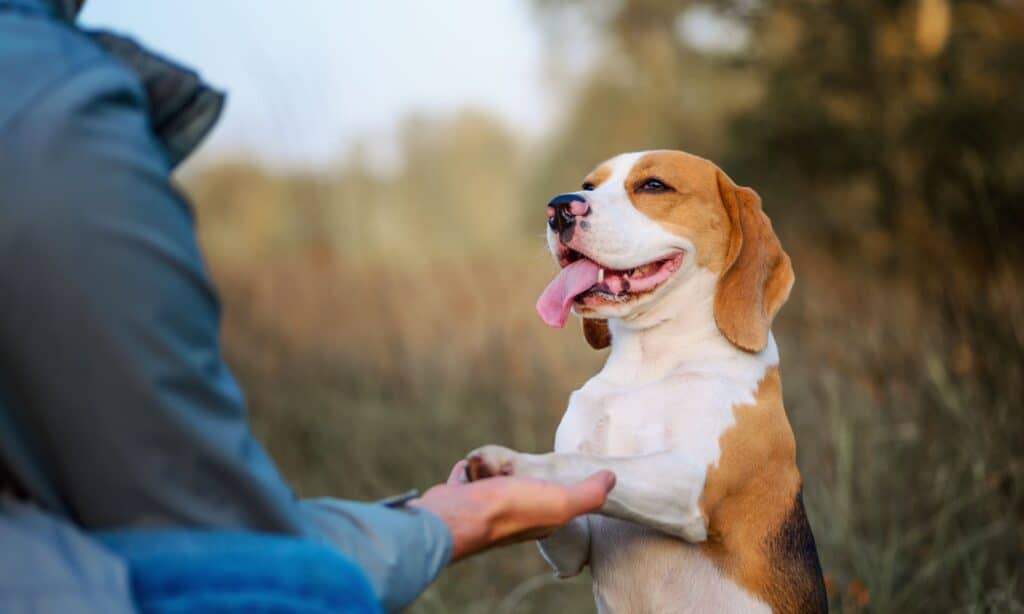
Positive Reinforcement Training Pros
Positive reinforcement is based on the idea that dogs naturally want to repeat actions that lead to rewards. For instance, if your dog discovers that going potty outside gives them a cookie while going potty inside doesn’t, they’ll be encouraged to hold it until they go outside. Most rewards are given in the form of praise or treats, although many trainers also use clickers in place of either one of those. But that doesn’t imply there aren’t any consequences for acting inappropriately. It’s just that those penalties frequently take the form of forfeiting prizes rather than verbal or physical disciplinary actions.
Positive reinforcement is typically preferred to correction since it teaches dogs to behave well through rewards rather than through severe punishment or physical force. Because correction can make dogs fearful, avoidant, and aggressive, it is frequently not as effective as other training techniques. It is also believed that it is more direct and understandable than providing corrections, which require dogs to guess their mistakes and avoid punishment. Additionally, it is more effective and raises emotionally healthy, self-assured dogs who act out of desire rather than fear.
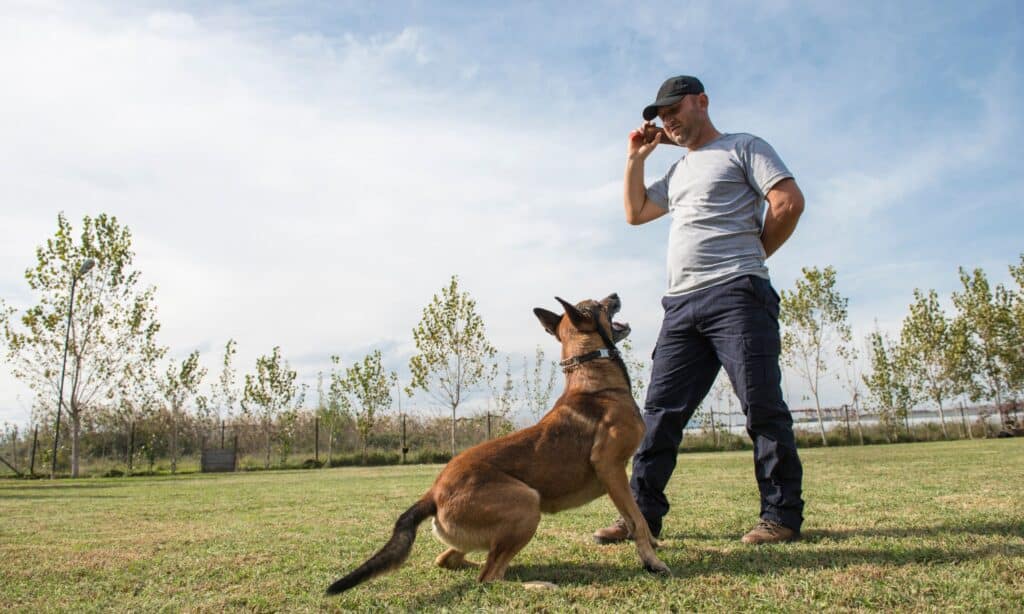
Correction Based Training Pros
Corrections-based training produces immediate results. If you’re worried that your dog is ready to attack someone or something, a strong punishment might break their concentration and reset their emotional state. It’s also an effective way to get your dog’s attention. Many dogs will ignore a treat if something more fascinating is going on, but a few, at least initially, can’t ignore a loud order or a sudden pop of their leash.
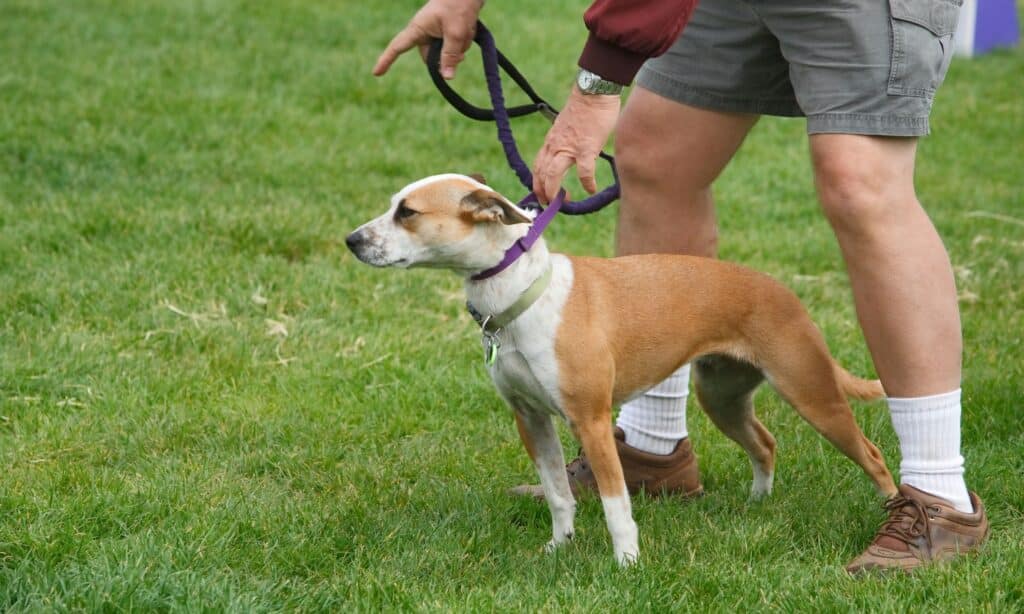
Correction Based Training Cons
The argument for this training approach is that it is less humane, cruel, and too controlling when compared to positive reinforcement training. Leash corrections with a prong or choke collar, electric shock collars, spray bottles, and shaker cans are some of the most popular aversives used in dog training. In the end, there is a wide range of discomfort and tension that the dog experiences when using these different training tools, but that is why they work. The dog learns how to avoid being punished. But when carried out by an inexperienced trainer, correction-based training can be risky, ineffective, and harmful. Ill-timed corrections and excessive punishment can confuse a dog, cause rage, and foster resentment. Additionally, the behavior won’t stop if all you do is correct your dog without teaching them alternate behaviors. Your dog will eventually become tired of the repeated corrections and begin to ignore you.
Whether it is positive reinforcement or correction-based training, the most essential factor is consistency. Your dog must learn that a given behavior will always result in a certain outcome; otherwise, all of your efforts will be useless. Inconsistency will simply confuse them and significantly lengthen the time it takes to see results.


